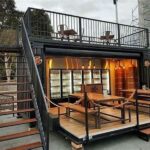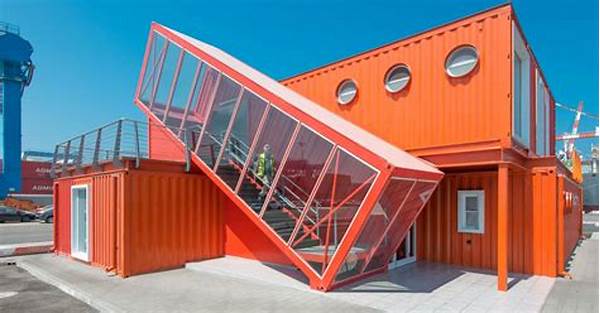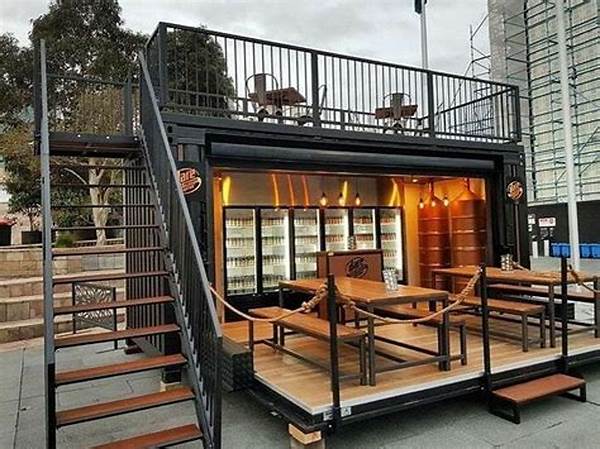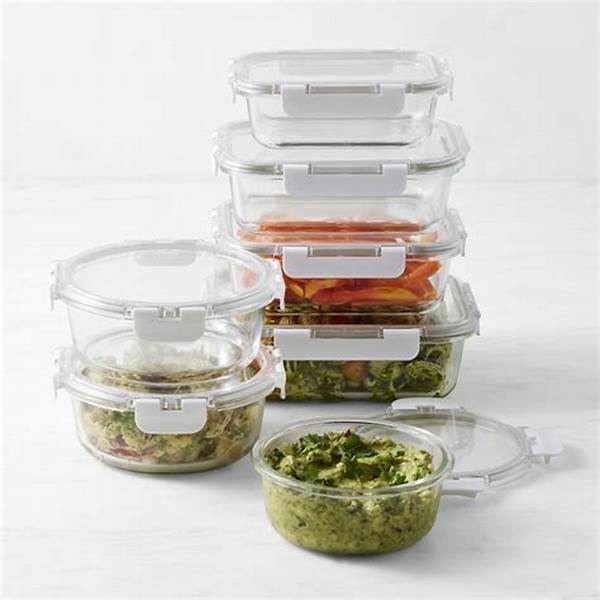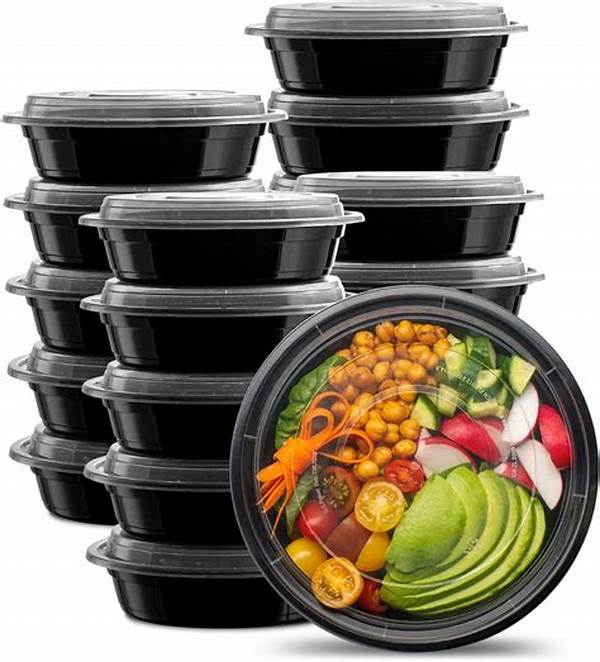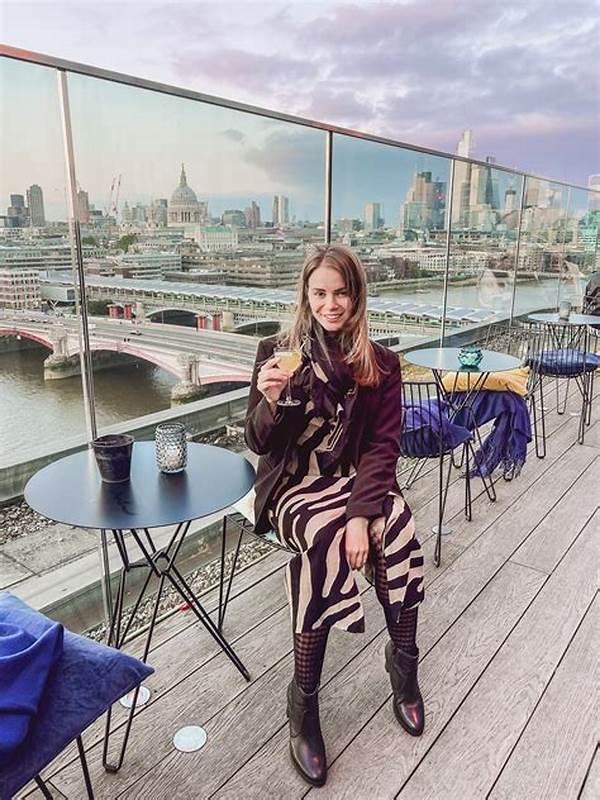What if a humble and often overlooked metal box could transform into a dynamic cultural melting pot? Imagine a place where art, history, and innovation collide within walls that once sailed across the globe, carrying mundane goods. Welcome to the innovative world where shipping containers turned into cultural exhibition spaces are redefining the boundaries of creative expression.
Read More : Best Mobile Waste Bins For Small Backyards
These steel giants are making waves far beyond the shipping docks, offering a fresh, exciting twist to the traditional concept of exhibition spaces. Shipping containers turned into cultural exhibition spaces are the epitome of creativity meeting functionality. By repurposing these containers, we’re not only embracing sustainability but also providing a canvas for artists, curators, and storytellers to captivate audiences in the most unexpected ways.
Bridging Creativity and Sustainability
Repurposing shipping containers turned into cultural exhibition spaces is not just a trend; it’s a testament to how industrial waste can metamorphose into cultural gold. This initiative satisfies the growing public desire for sustainability while simultaneously nurturing a love for art and culture. These portable spaces provide unique opportunities to showcase regional artists, traveling exhibits, or even pop-up cultural festivals. The excitement intensifies when patrons experience art in an unorthodox setting, which breaks the monotony of traditional galleries.
The Appeal of Shipping Containers in Modern Culture
So, why are such unlikely structures stealing the limelight in creative circles? It’s simple: they offer untapped potential and versatility. A shipping container can be transformed into anything from a mobile art gallery to a vibrant street market. The trend is catching on, with enthusiasts praising their accessibility, cost-effectiveness, and eco-friendliness. For cultural exhibitors, this means a rare chance to engage audiences without the high costs associated with permanent spaces.
The Execution: Bringing Ideas to Life
The process of converting shipping containers into cultural exhibition spaces starts with a robust architectural vision. The designers take into account the need for insulation, lighting, and climate control to ensure a comfortable experience for visitors. These spaces often receive a chic urban industrial design with clever use of colors, textures, and interactive installations. The idea is to craft an environment where the art and the container’s history coalesce in harmony, creating a narration that draws visitors further into the exhibit.
Unique Features of Container Exhibitions
1. Mobility and Flexibility:
2. Innovative Design and Aesthetics:
3. Environmental and Economic Benefits:
Read More : How Plastic Shredding Machines Work For Recycling
4. Community Engagement:
From Concept to Experience: Examples and Goals
Shipping containers turned into cultural exhibition spaces are popping up everywhere—a testament to their effective appeal and practical benefits.
Key Goals of These Cultural Containers:
Key Considerations for Cultural Exhibitors
To maximize the potential of shipping containers turned into cultural exhibition spaces, exhibitors need to consider several factors:
Conclusion: The Future of Cultural Exhibits in Containers
As the world continues to evolve, so does our perception of art and the spaces that house it. Shipping containers turned into cultural exhibition spaces are at the forefront of a movement that challenges traditional norms, making art accessible, sustainable, and deeply engaging. They offer an invigorating approach for connecting diverse communities and showcasing creative narratives within the steel encasements that once sailed the seas.
These container exhibits don’t just deliver cultural experiences; they symbolize a bridge between creativity and sustainability, encouraging us to look at the world differently. Embracing this innovative movement is about more than supporting a fleeting trend—it’s about becoming part of a transformative dialogue that invites everyone to reimagine the intersection of art and everyday life. As these exhibitions continue to traverse cities and cultures, each journey brings us closer to a world where creativity knows no bounds.
